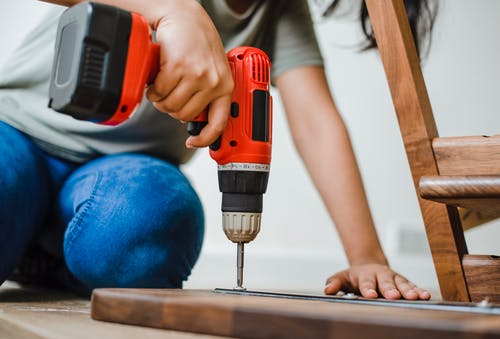
Types of Mold: Everything You Need To Know
You may have assumed your scratchy eyes, coughing, and sneezing was brought on by seasonal allergies or a minor disease. However, what if the fact was that you were reacting to mold? Mold or fungus in the home causes anxiousness for many individuals. It’s frightening to consider that there could be anything living in your residence and on your walls. It’s vital to understand the sorts of mold and mildew that might possibly develop inside your house. So, do you have an idea what varieties of mold and mildew there are?
Different Mold Types
Mold is a widespread concern because mold spores may be found virtually anywhere. That implies that any water source in your home, such as a leaking pipe, can provide mold and mildew with whatever it needs to thrive. There are several various varieties of mold and mildew that might be located in houses. Continue reading to learn more about the most prevalent types of mold found in homes.
1. Aspergillus
This mold and mildew is usually seen in some houses and is available in numerous colors. It’s incredibly allergic, and under the right conditions, it can even give off contaminants. Asthma episodes, lung infections, and respiratory inflammation are common Aspergillus symptoms. This kind of mold can generate aflatoxins, which is a recognized carcinogen. Therefore, it needs to be removed by a mold removal expert through a mold removal service to make sure that it will not thrive once more after a few days.
2. Alternaria
It is most commonly found in washrooms where moisture occurs, such as in showers or beneath sinks. However, it can also be located in houses due to water damage. It’s the most typical allergenic mold on the planet, and it commonly sets off asthma-like signs. Because it can flourish in regions with little water, this mold and mildew are known to spread swiftly.
3. Penicillin
It appears blue or green and has a creamy feel, making it more clearly identifiable molds. Mold and mildew can be located in various products, including carpets and walls. Although it is recognized for its antibacterial powers, it can cause significant respiratory troubles when detected inside your house. Penicillin spores are commonly found in the air in wet atmospheres. They have been linked to chronic sinus infections and lung swelling.
4. Cladosporium
This is a distinctive mold that can flourish in cold and hot environments. It’s typically located in insulation, carpet, wallpaper, upholstery, bed mattress, and sofa paddings, among other locations. It normally has a suede-like structure and is brown or green in color. This mold and mildew can cause skin and respiratory problems.
Cladosporium is not hazardous; however, it is extremely allergic and must not be managed directly. You must ask for professional support from dependable remediation companies like the Broomfield home restoration company to effectively address this matter. They have enough understanding and proficiency to correctly get rid of the mold and mildew.
5. Stachybotrys
Stachybotrys is one of the most widely known sorts of harmful mold, and it’s also referred to as “Black Mold.” This mold is toxigenic and allergic, and it’s slimy and dark green or black in appearance. This mold flourishes in damp, high-humidity environments and chooses to thrive on timber, cardboard, paper, hay, or wicker.
Black mold has been connected to frequent sinus infections, bronchial asthma attacks, allergy symptoms, clinical depression, and fatigue due to its production of mycotoxins. Because the repercussions of hazardous mold on children can be severe, any indication of degeneration must be dealt with as soon as possible. As a result, cleaning up black mold requires extreme precaution.

